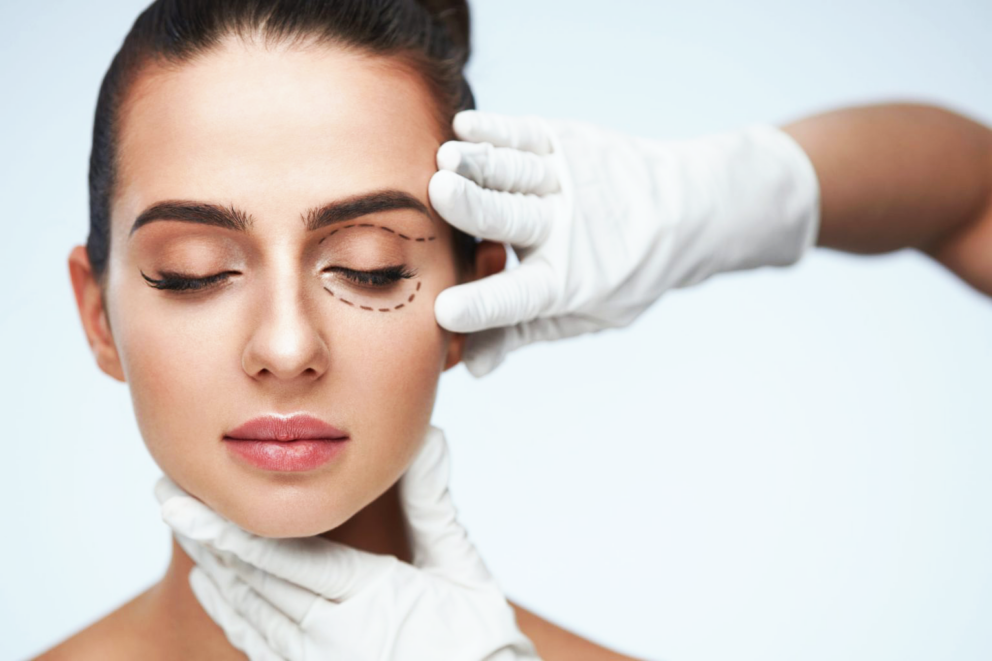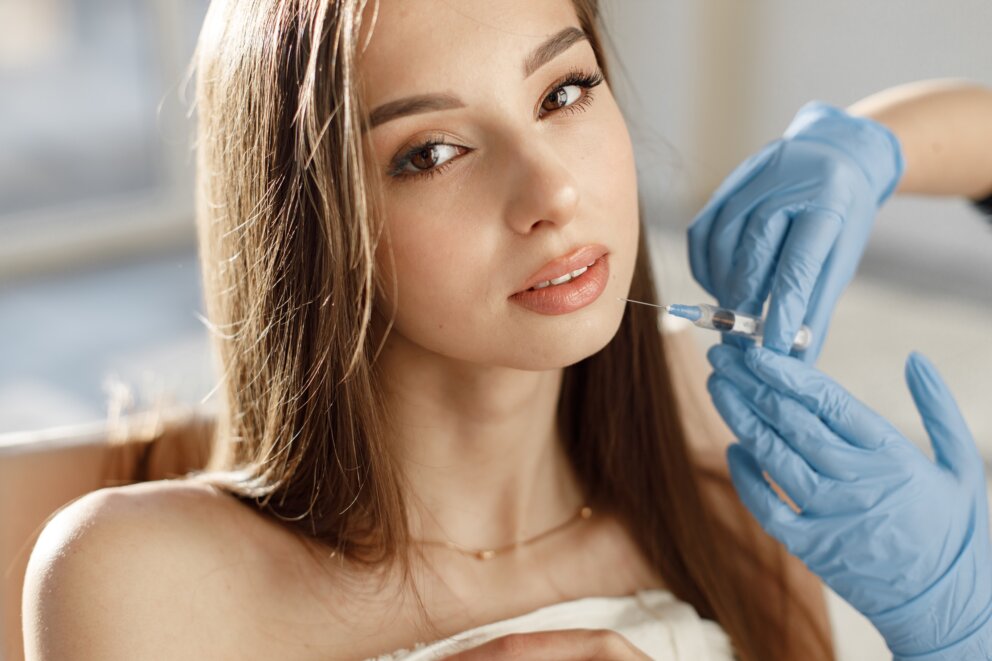Blepharoplasty, also known as eyelid surgery, is a surgical procedure that corrects sagging or droopy eyelids (ptosis - drooping). The skin of the eyelid is thinner than in other parts of the face and tends to show the first signs of ageing. Droopy or sagging eyelids can also affect your peripheral vision over time and can also make daily activities difficult or give you a tired appearance.
In addition to aging, significantly sagging skin around the eyes can reduce side vision (peripheral vision), especially the upper and outer parts of the field of vision. However, the procedure can rid you of these vision problems.

Blepharoplasty can be a solution for people who are accompanied by these problems:
- Baggy or drooping upper eyelids,
- excess skin of the upper eyelids, which partially blocks peripheral vision,
- excess skin on the lower eyelids,
- bags under the eyes.
The procedure can also be performed at the same time as another procedure such as a brow lift, face-lift or skin resurfacing.
Types of blepharoplasty:
Functional blepharoplasty:
- Functional blepharoplasty removes excess skin that obscures your field of vision.
Cosmetic blepharoplasty:
It can be performed on either the upper or lower eyelid, or both. Depending on the type of lower eyelid blepharoplasty, either the excess skin in the lower eyelid is removed or a redistribution or removal of excess fat is performed.
What can you expect?
Before the procedure: Blepharoplasty is usually performed on an outpatient basis. You may be given medications such as injections into your eyelids to numb them, and medications to help you relax.
During the procedure: for the upper eyelid, the surgeon cuts along the crease of the eyelid and removes excess skin, muscle, and possibly fat. Then he closes the cut. On the lower eyelid, the surgeon will make an incision just below the eyelashes in the natural crease of the eye or inside the lower eyelid. The surgeon removes or redistributes excess fat, muscle and sagging skin. Then he closes the cut.
You should always have realistic expectations before undergoing blepharoplasty. While this procedure may improve the appearance of your eyelids, it will not dramatically change your face. In this case, it is necessary to undergo a different type of intervention. If you are considering blepharoplasty, you should be in good overall health, not smoke, not suffer from any serious eye diseases, and also not have facial tissue and muscles that are unhealthy. Find out more at a consultation, which you can book either online or by calling 02/ /524 440 22.





